Optimal Timing for Waterproofing
Waterproofing is essential for protecting structures from water intrusion, which can cause damage, mold growth, and structural deterioration. Proper timing of waterproofing applications ensures maximum effectiveness and longevity. The optimal period for waterproofing depends on climate conditions, project type, and specific surface requirements.
Spring offers moderate temperatures and lower rainfall, making it suitable for waterproofing projects before the heavy rains of summer.
Warmer weather and longer daylight hours facilitate curing and application, but high humidity can impact drying times.
Ideal for preparing structures ahead of winter, with cooler temperatures aiding in proper curing and sealing.
Generally less recommended due to freezing temperatures and increased moisture, which can hinder application and curing processes.

Optimal conditions for sealing surfaces effectively.
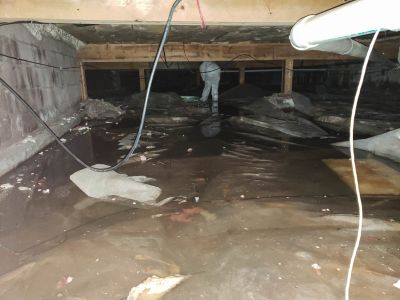
Ensures protection during peak rainfall months.
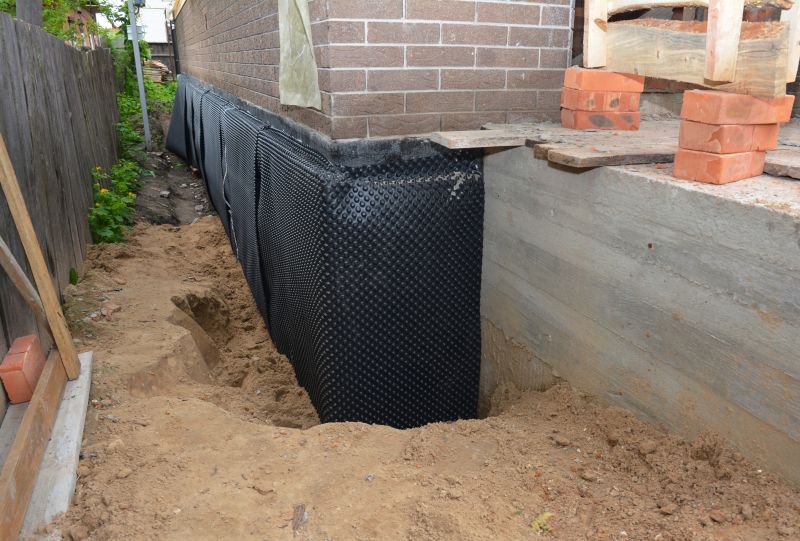
Prepares structures for winter conditions.
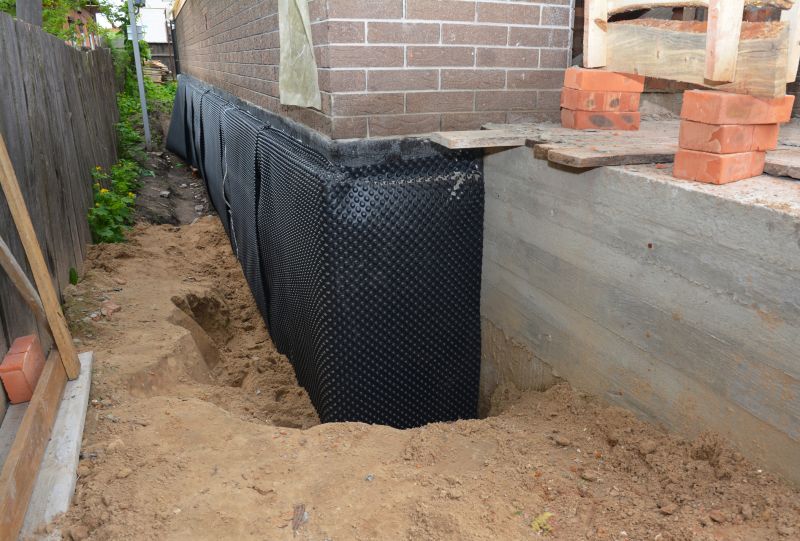
Limited application due to cold and moisture.
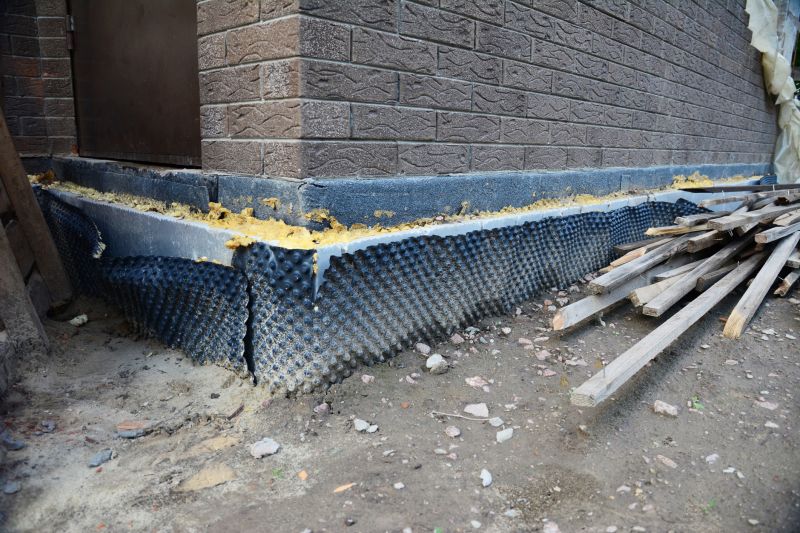
Various materials are suited for different seasons and surfaces.
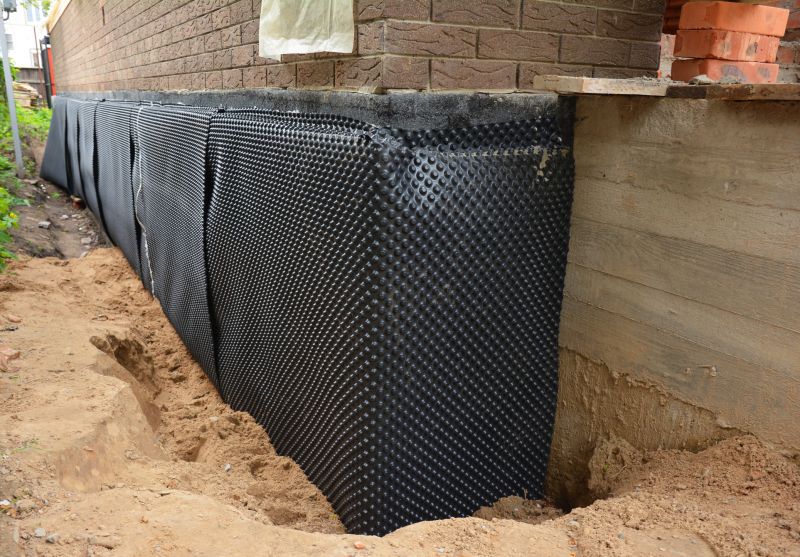
Methods vary based on climate and structure type.
Waterproofing involves applying specialized materials to surfaces to prevent water penetration. It is a critical step in construction and maintenance of buildings, especially in areas prone to moisture exposure. Properly timed waterproofing enhances durability, reduces repair costs, and maintains structural integrity.
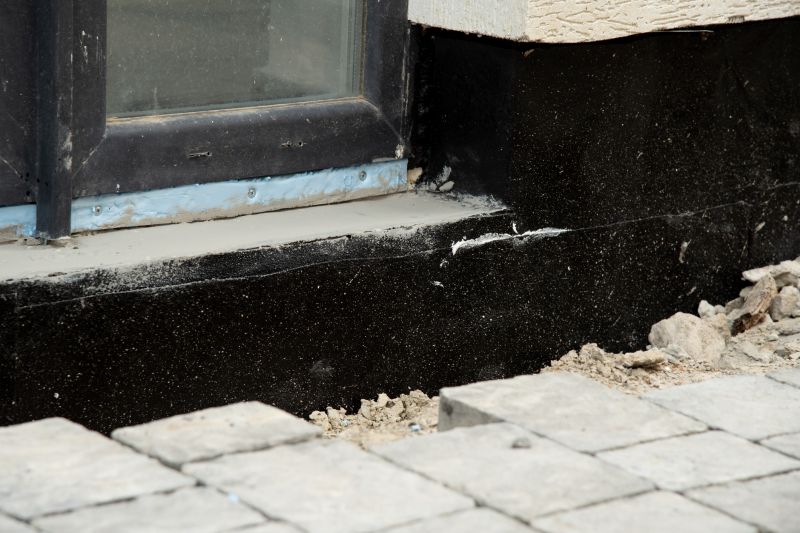
Application of sealants on foundations.

Waterproof membranes on roofs.
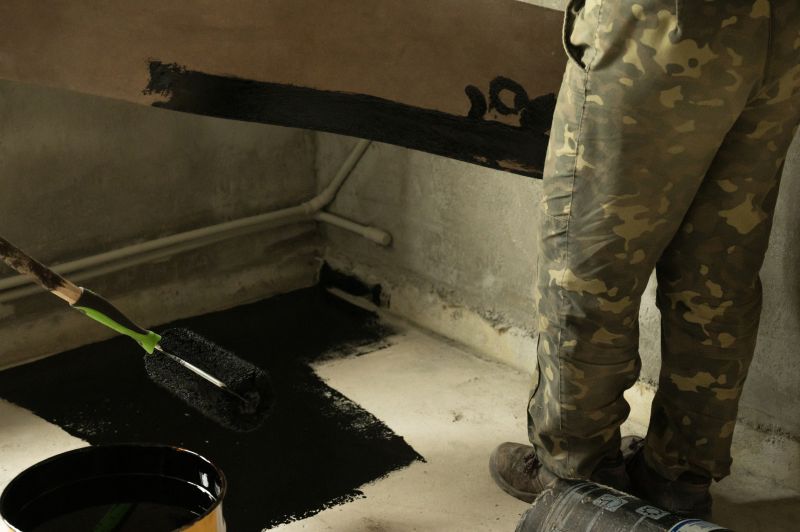
Sealing to prevent seepage.
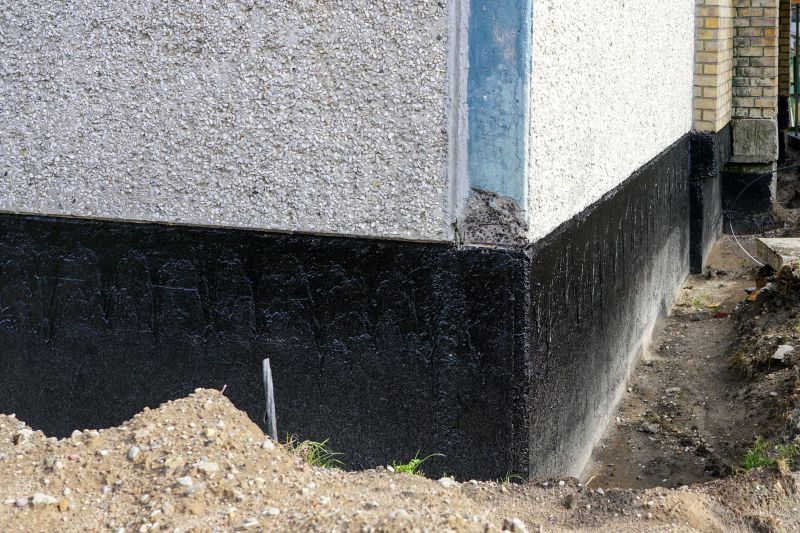
Different options for various surfaces.
| Season | Suitability for Waterproofing |
|---|---|
| Spring | Highly suitable due to moderate temperatures and lower rainfall. |
| Summer | Suitable with caution; high humidity may affect curing. |
| Fall | Ideal for preparing structures for winter. |
| Winter | Less suitable; cold and moisture hinder application. |
Choosing the right time for waterproofing ensures effective sealing and long-lasting protection. Proper application during optimal weather conditions minimizes issues related to curing and adhesion. Consulting with waterproofing professionals can help determine the best timing based on local climate and project specifics.
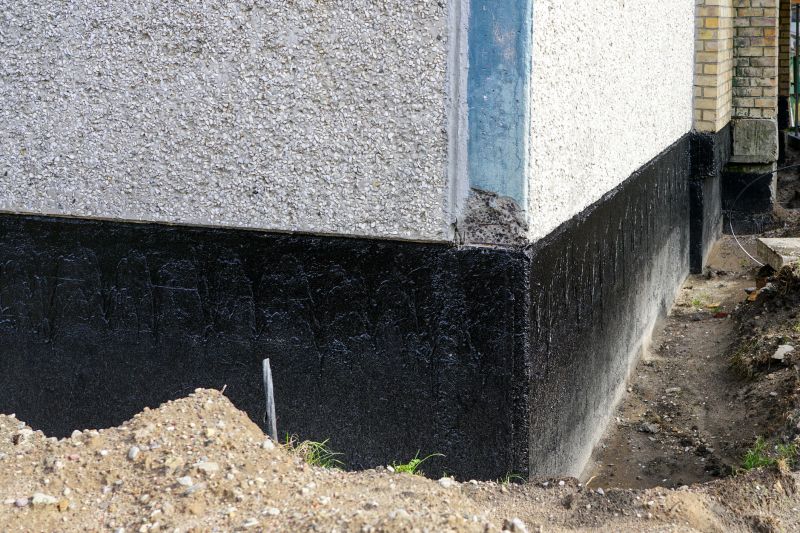
Selection based on season and surface type.

Methods tailored to seasonal conditions.

Examples of successful waterproofing applications.
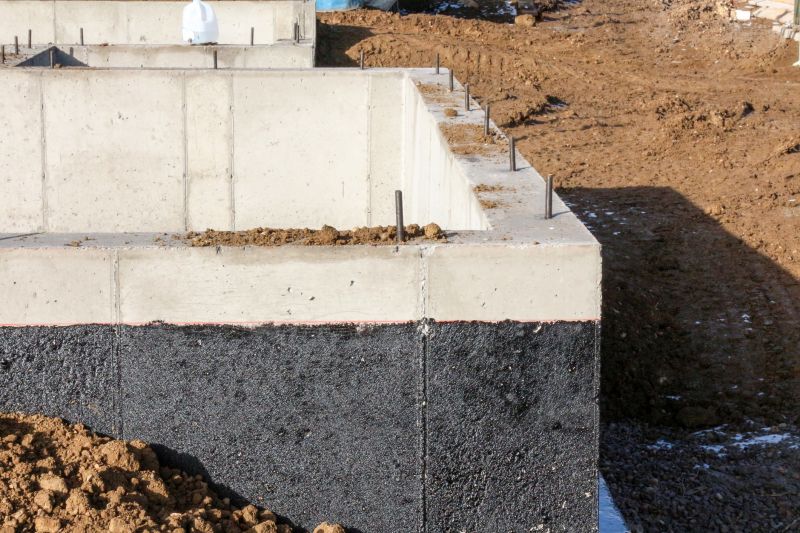
Long-term benefits of proper waterproofing timing.
Interested in waterproofing services? Filling out the contact form can provide more information on suitable timing and options for specific structures. Proper planning and execution are key to effective water protection.

